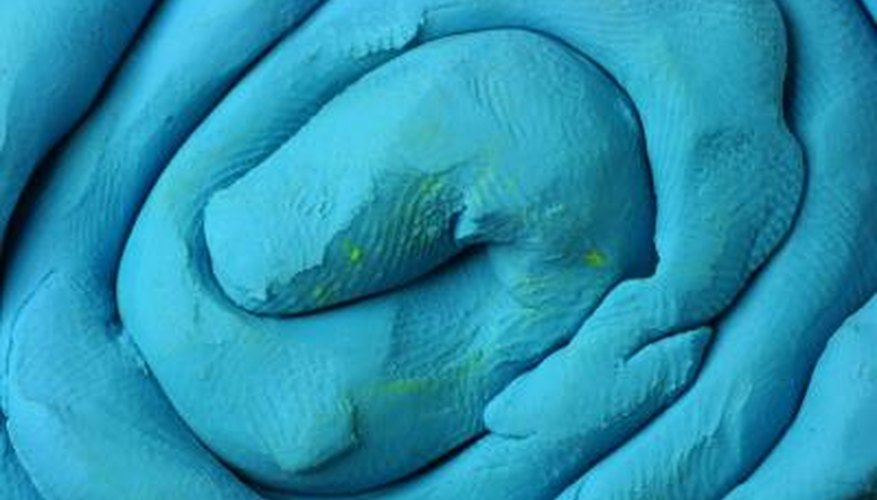If you have creative kids or want to enjoy a fun family craft activity, you might enjoy making homemade play dough with your children. Homemade play dough is inexpensive and relatively simple to make, which means your children can enjoy the hands-on experience of making the play dough even before it's time to craft it. Unfortunately, homemade play dough can sometimes be unusually sticky, rendering it difficult to use and clean up after playtime. There are several tricks you can try to reduce the stickiness of your play dough and bring it back to its original moulding form.
- If you have creative kids or want to enjoy a fun family craft activity, you might enjoy making homemade play dough with your children.
- Homemade play dough is inexpensive and relatively simple to make, which means your children can enjoy the hands-on experience of making the play dough even before it's time to craft it.
Measure each ingredient carefully while you prepare the play dough. Ensure that you don't accidentally add too much or too little of a specific ingredient, especially if your children help measure.
Add a touch of salt to the play dough and knead the dough for a few minutes if the dough becomes too sticky.
Pour a spoonful of flour onto the dough and mix it in. Sometimes a bit of extra flour helps pull the dough in and reduces its ability to stick to your hands, the countertop or your clothes.
Store play dough in a zip-top plastic bag in the refrigerator, ensuring it is well sealed. Remove any air from the bag by pressing on it while sealing it. Play dough that has stayed cool in the refrigerator will be less likely to stick to little hands than play dough that is at room temperature, especially during warmer weather. Refrigerate the play dough for an hour or two after making it and before playing with it to prevent stickiness.
